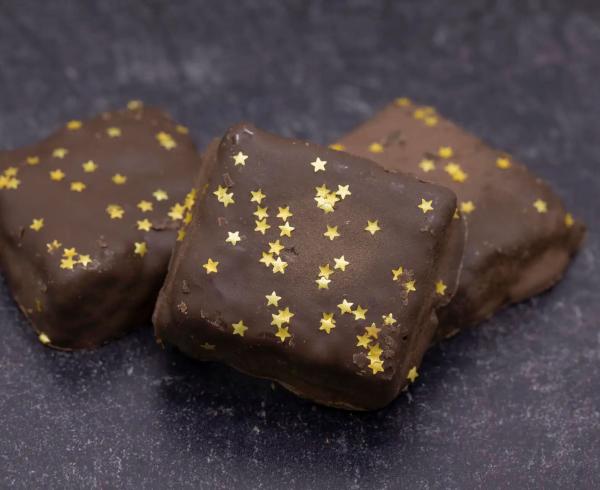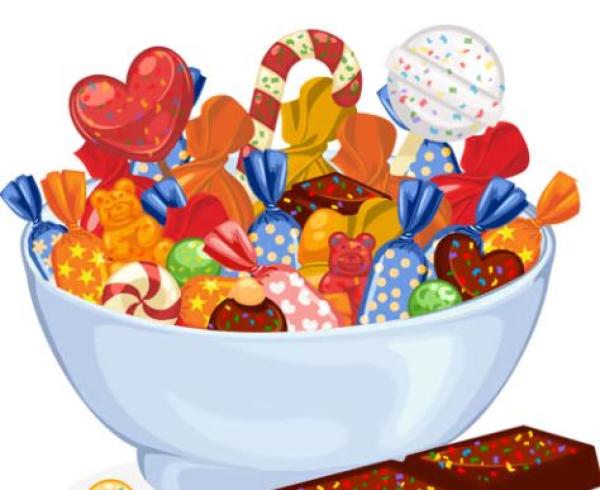Arabic? Gum Arabic is also called Acacia and is described as “the dried, gummy exudate from stems and branches of trees of various species of the genus Acacia, family Leguminosae” on the FDA website in the Code of Federal Regulations Title 21 (called CFR 21). You can look it up here on this link. It is used in many food applications, such as in beverages, frostings, dairy productions, candies, and snack foods.
Gum arabic is the sap of the acacia tree, which is native to semi-dessert regions of sub-Saharan Africa. The tree is of great economic importance in the region. The FAO or the Food and Agriculture Organization of the United Nations published a paper on Gum Arabic calling it the most important forest product for the Sudan.
Some of the best pictures showing how Gum Arabic is harvested by local farmers can be seen on The Guardian website. They show the actual harvest and preparation of export. In their article, the Guardian says “Gum arabic is a rare export success story in the Sudanese agricultural state of North Kordofan. In El-Nahud and El-Obeid towns, business is booming because of growing demand for the natural substance, which has been collected from acacia trees since antiquity, and is now used in food, soft drinks, medicines and cosmetics the world over.“ The Guardian is supported by the Bill and Melinda Gates Foundation.
We are pleased to say the main ingredient in EdiSparklz™ is Gum Arabic. It is a food ingredient with a great story behind it. We are also proud to say that EdiSparklz™ contains no sugar or hydrogenated vegetable oil.
For more information on uses, range of colors, and benefits of EdiSparklz™, visit our website dedicated to all things edible glitter.








